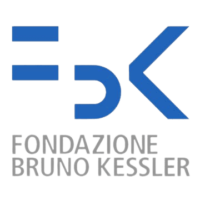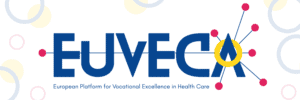With its 3,500 square meters of laboratories and scientific infrastructures and a community of over 400 researchers, 140 doctoral students, 200 visiting fellows and thesis students, 700 affiliates and accredited students combined, Fondazione Bruno Kessler acts as a scientific and technological hub hosting a lively ecosystem of co-located ventures, spin-offs, projects and training opportunities.
The result of more than half a century of history, through 11 centres dedicated to technology and innovation and to the humanities and social sciences, FBK aims to achieve excellent results in the scientific and technological field with particular regard to interdisciplinary approaches and the application dimension.
From the expertise built in 30 years of research to an innovative vision for the Artificial Intelligence of the future, this is the mission of the FBK Strategic Plan for the decade 2018-2028.
FBK directs its research to the experimentation of an Artificial Intelligence that collaborates with people and does not replace them.



